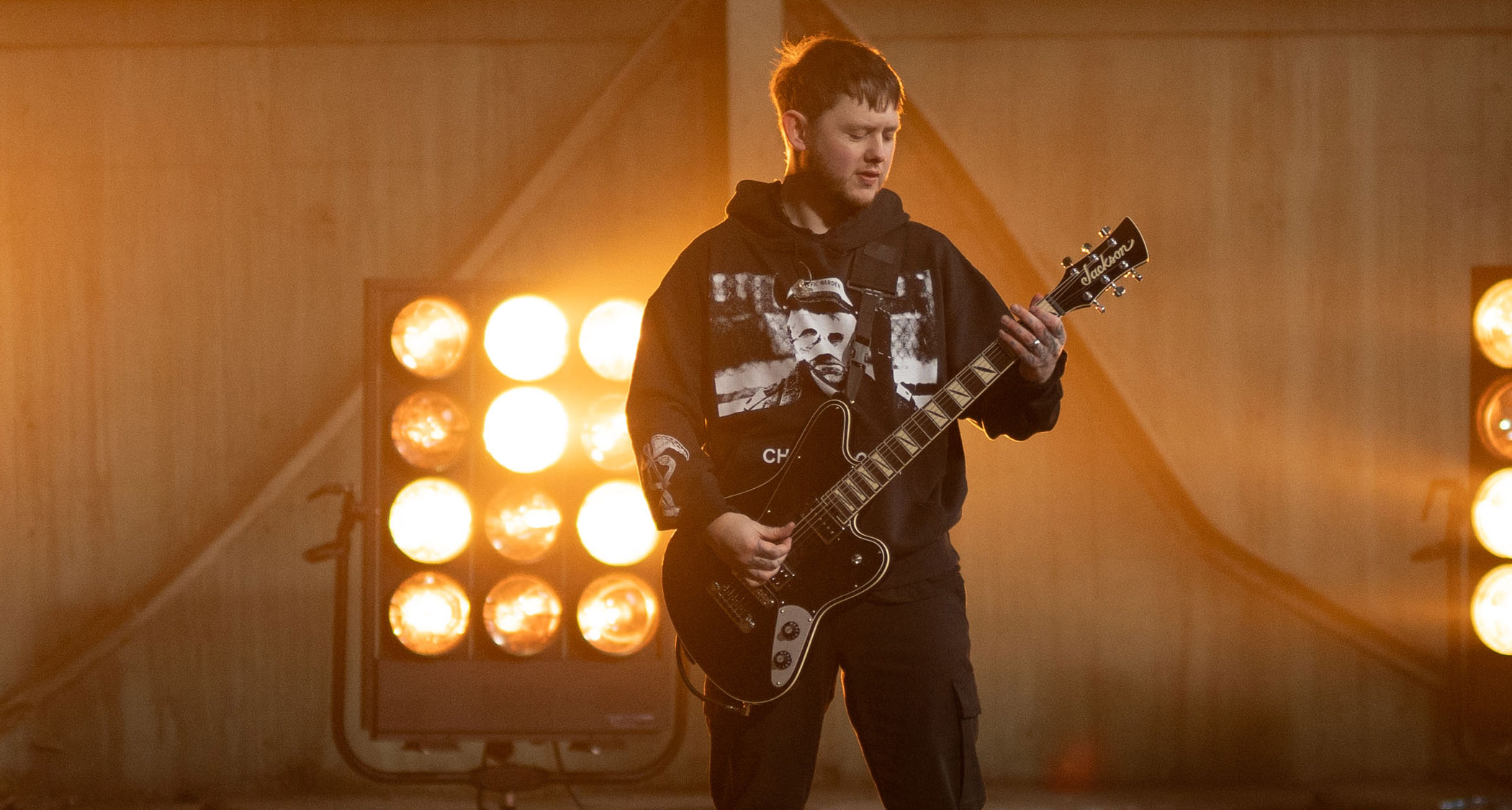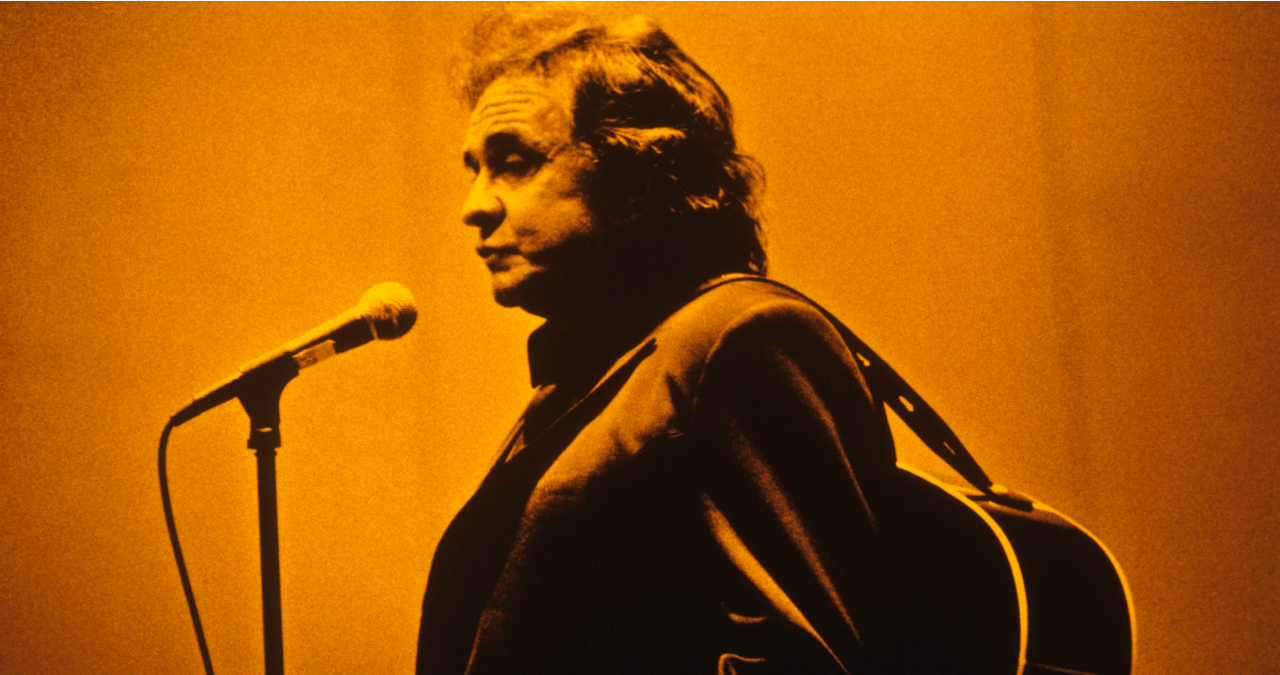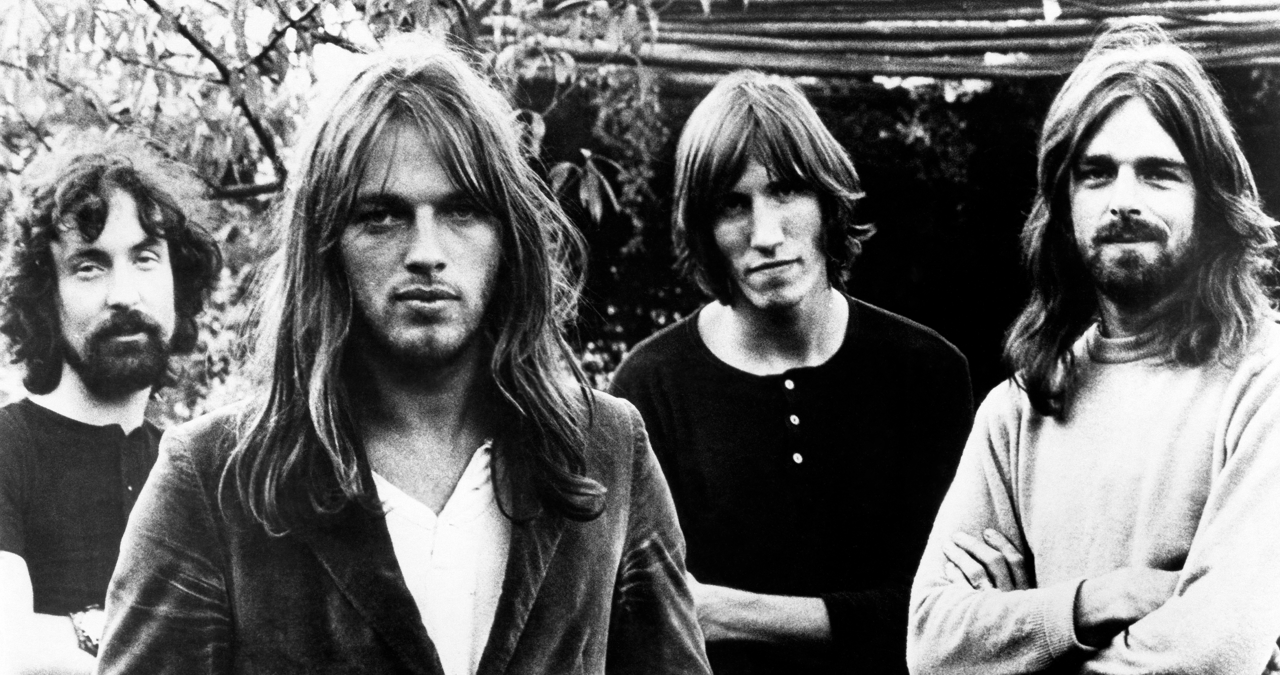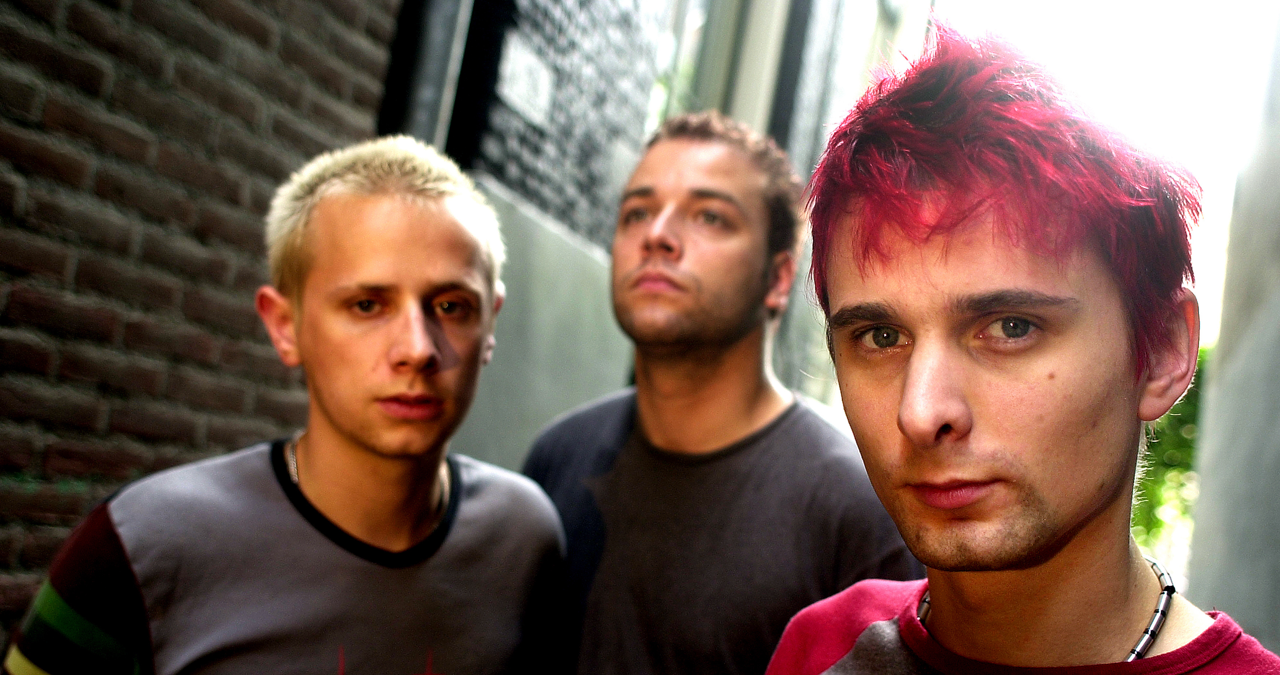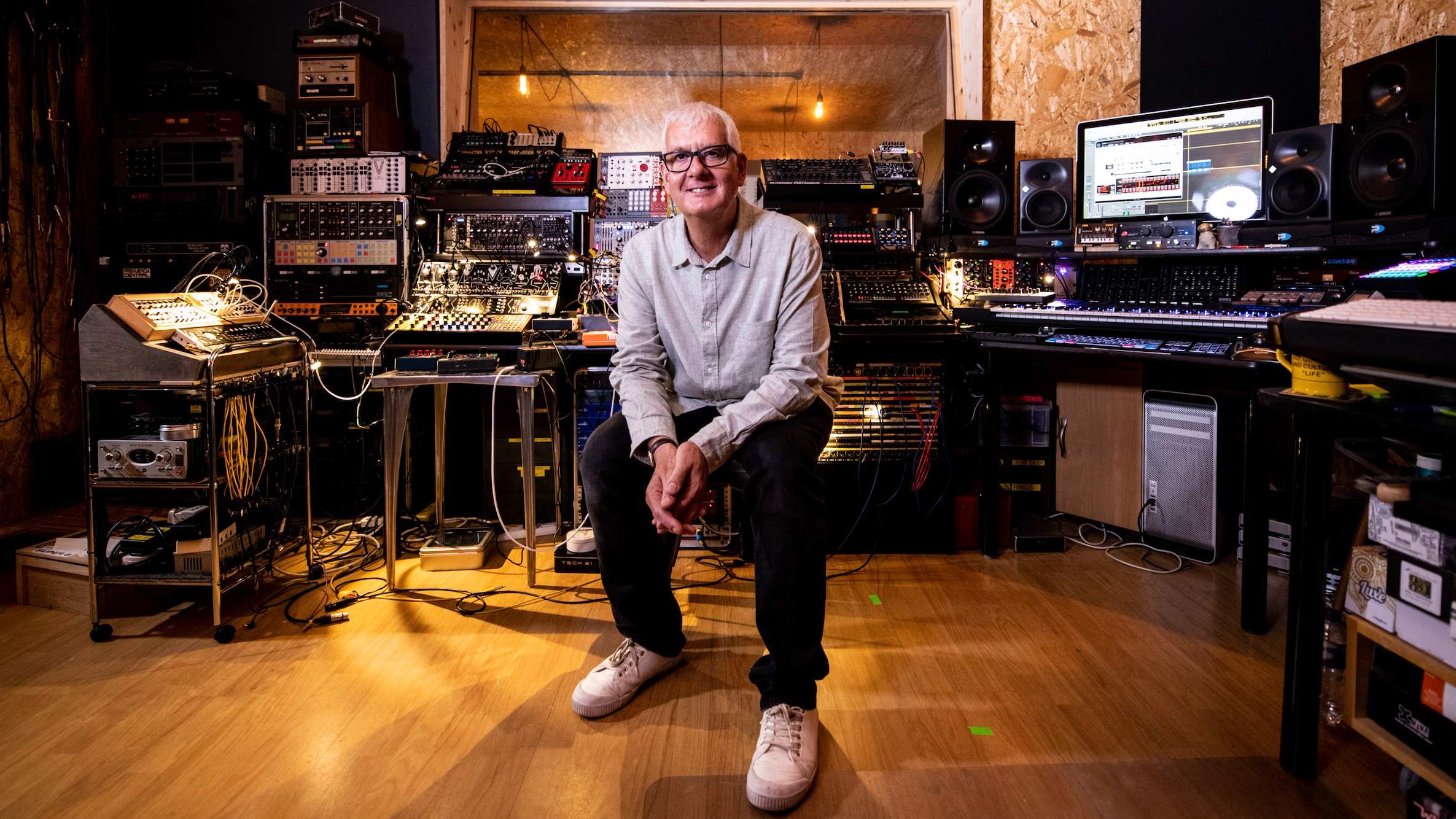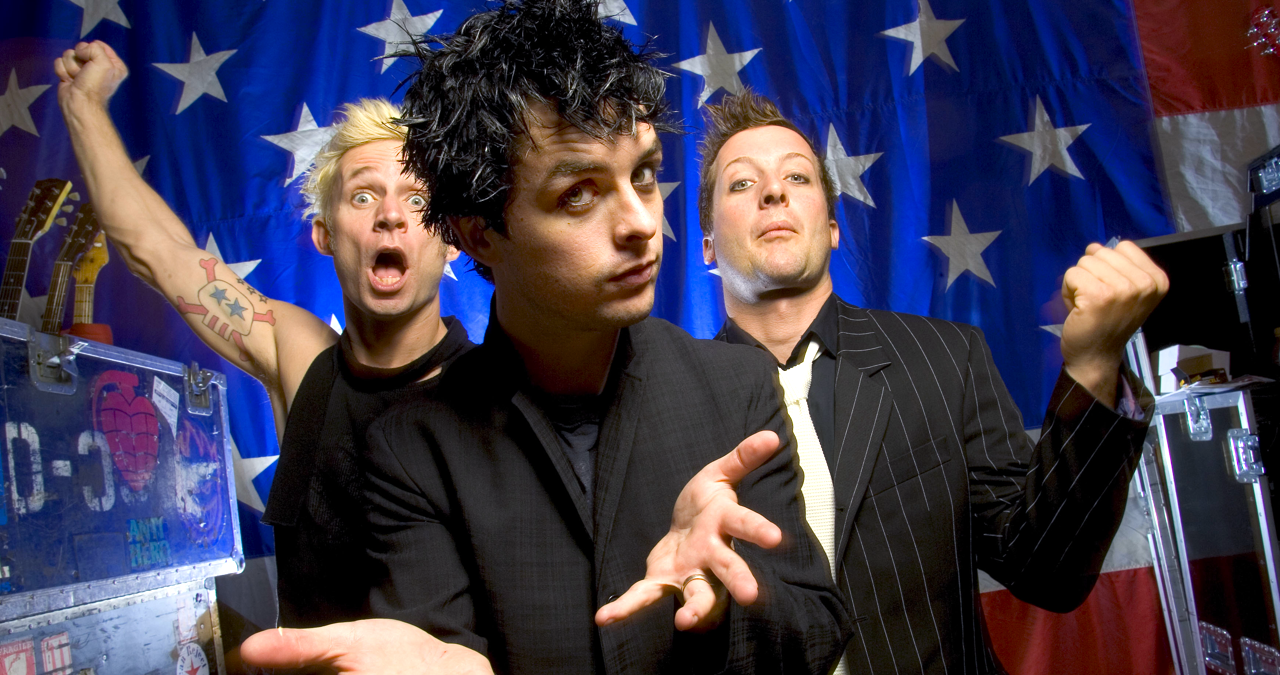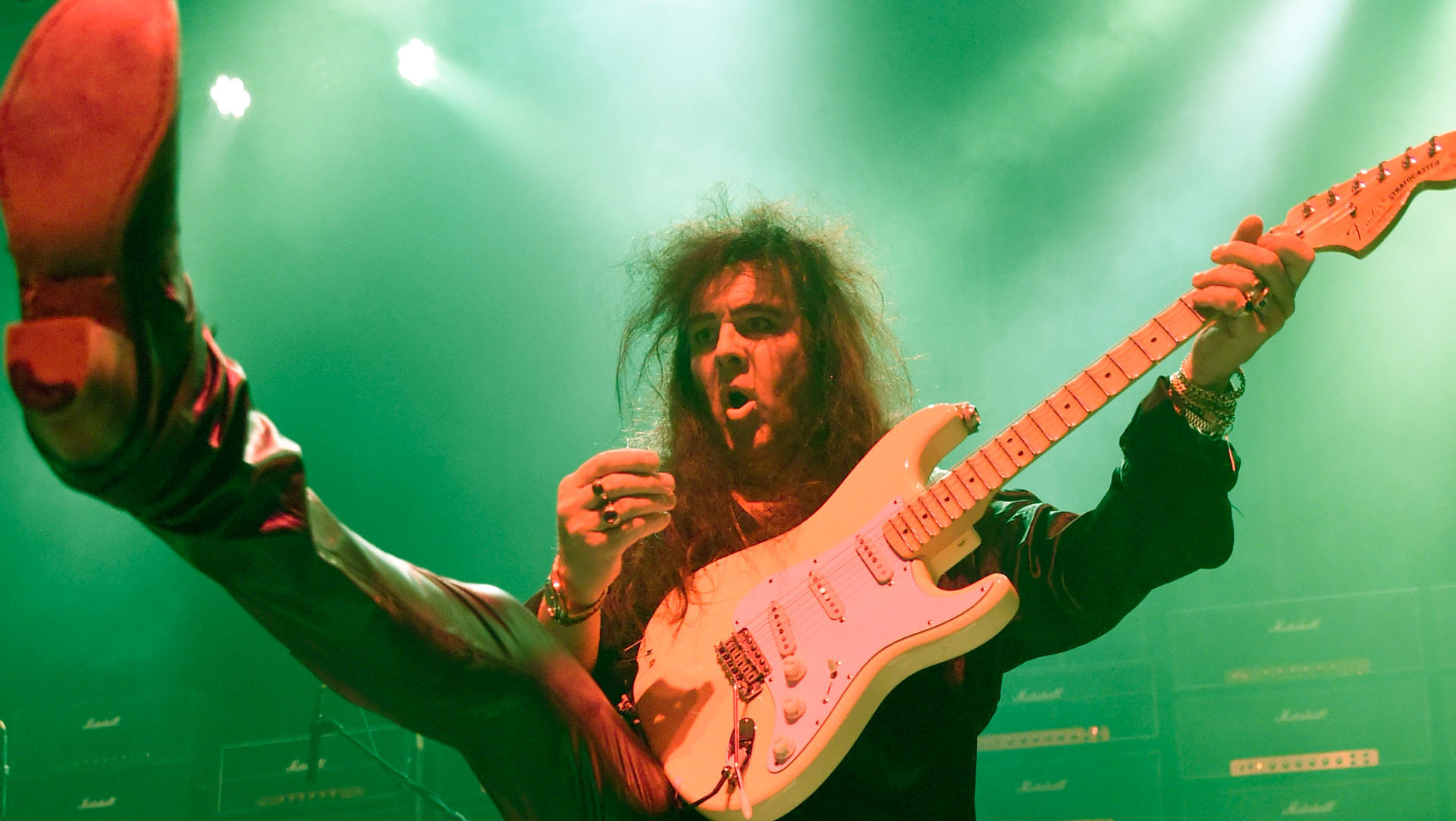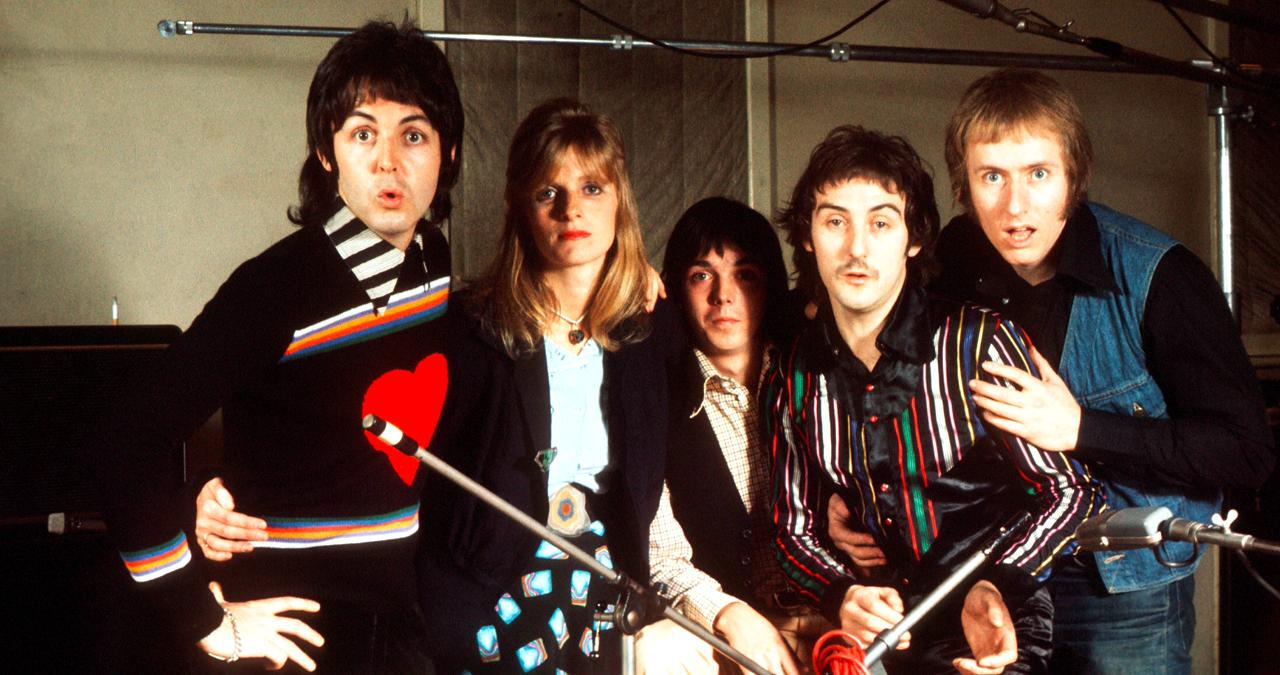“It was originally called Everybody Wants To Go To War, which I knew didn’t work. When you’re a songwriter who doesn’t like the lyric, the song dies”: How Tears For Fears created an ’80s mega-hit
It all started with two simple, chimey chords...
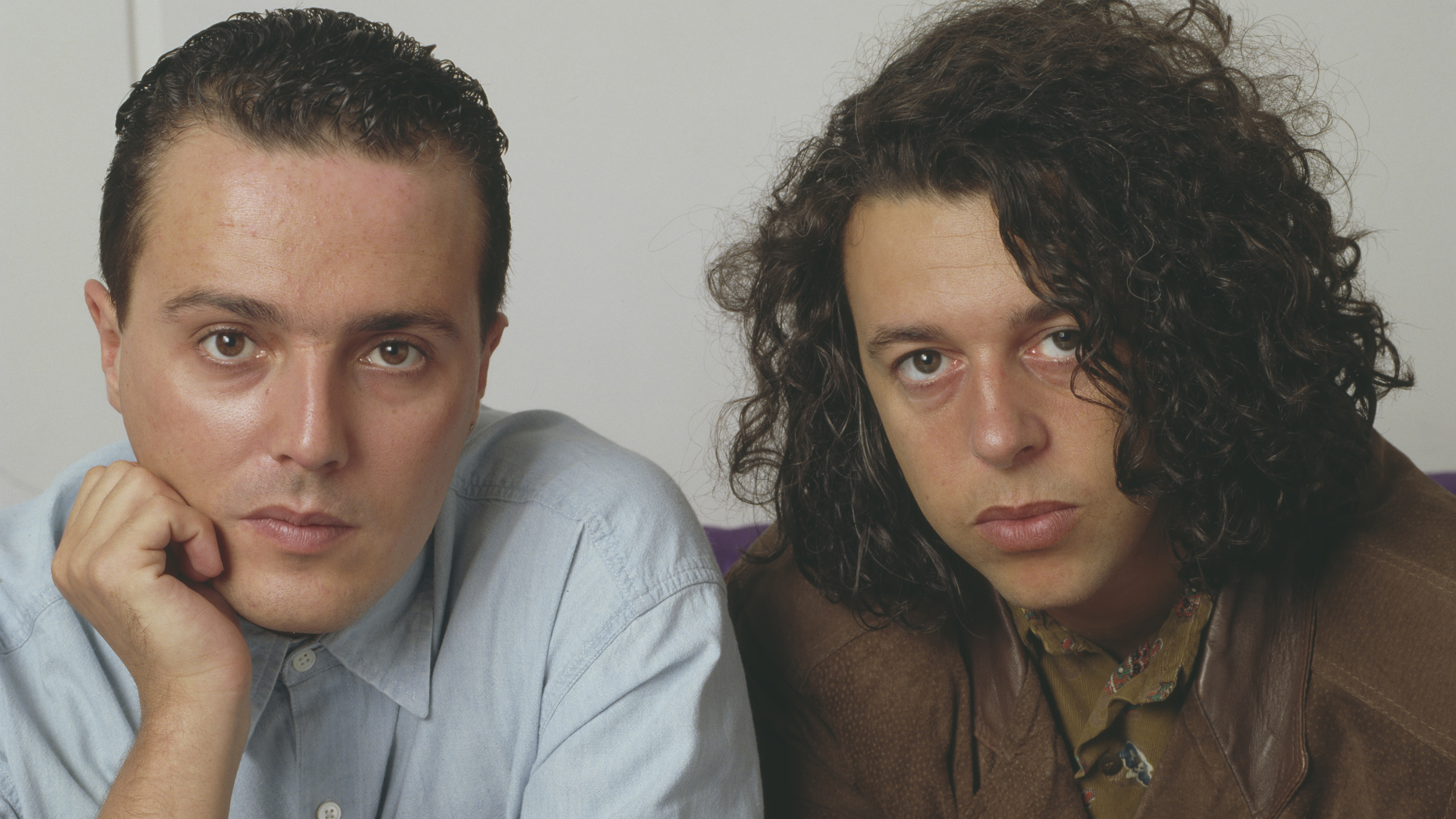
When it comes to assessing great British artists of the 1980s, Tears For Fears stand out as a band that resolutely carved their own path, exuding a depth and maturity of songwriting that set them apart from their peers.
The Bath-based band formed by Roland Orzabal and Curt Smith achieved their first taste of success in March 1983 with debut album The Hurting, a work whose dark themes focused on child abuse, psychological trauma and depression.
The album peaked at No.1 in the UK and yielded their massive, timeless hit Mad World, which reached No.3.
“The intention was to gain attention from it and we'd hopefully build up a little following,” Curt Smith said. “We had no idea that it would become a hit. Nor did the record company.”
Follow-up singles Change and Pale Shelter also went top five and expectations were subsequently sky high for their follow-up album Songs From The Big Chair.
They didn’t disappoint. Released on 25 February 1985, the album was a critical and commercial success, shooting to No.1 in the US.
The album’s second single Shout, described by Orzabal as “a simple song about protest”, reached No.1 in numerous countries and was a defining moment for the band.
Get the MusicRadar Newsletter
Want all the hottest music and gear news, reviews, deals, features and more, direct to your inbox? Sign up here.
But it was the follow-up single, Everybody Wants To Rule The World, that would become the band’s best known song.
The song was at once timeless while being a commentary on the zeitgeist of the times. Over four decades on, it remains a rousing and enduring classic.
Everybody Wants To Rule The World was also a last-minute addition to Songs From The Big Chair, conceived and created in a two-week period towards the close of the album sessions.
The core writing team was Orzabal, producer Chris Hughes and Tears For Fears’ band member Ian Stanley, who contributed synths, drum machines, organ, pianos and backing vocals.
The song was recorded at Stanley’s studio in Bath as well as The Wool Hall, the band’s residential studio ten miles south-east of Bath in the sedate village of Beckington.
On the Songs From The Big Chair album, the band reintroduced guitars into their sound, expanding the synth pop feel of the first album into a far more sophisticated sound that would become their stylistic hallmark. They also demonstrated their flair for big choruses.
The germs of Everybody Wants To Rule The World first appeared towards the end of an intense period recording the song Shout.
Producer Chris Hughes recalled to Heather Johnson of Classic Tracks in January 2007: “Orzabal walked into the studio and played two simple, chimey chords on his acoustic guitar. He didn’t give them much thought, yet he couldn’t stop playing them…
“Those two chords became the foundation for Everybody Wants To Rule The World.”
The song was built around a bouncy, anthemic 12/8 shuffle feel, which was a significant shift from the moodier tone of their debut album.
But from the outset, Orzabal was relatively indifferent to the song.
“I was putting a lot of rhythms of songs I loved into the LinnDrum machine,” Orzabal told John Earls of Classic Pop magazine in 2022.
One of those rhythms was from the Talking Heads’ album Remain In Light, which he used as the rhythmic foundation for Shout.
For the song that became Everybody Wants To Rule The World, he looked to the drum track from Simple Minds’ Waterfront and the song Throw Away The Key by Linx.
“The problem was, I didn’t have the lyric," Orzabal said. "It was originally called Everybody Wants To Go To War, which I knew didn’t work. My wife Caroline loved it but, when you’re a songwriter who doesn’t like the lyric, the song dies.”
Orzabal also felt that the song’s shuffle beat was “alien” to the band’s way of writing music. But producer Chris Hughes convinced him to record it in a concerted attempt to try and secure US chart success.
“It was Chris Hughes who championed Everybody,” Orzabal said. “It got to the point where, at 6pm at the end of every session, he’d make us spend an hour going over and over it.
“That’s where I came up with the guitar figure and changed it to ‘…Rule the world’, which is when I thought, yeah, that’s good.”
Synths and drum machines dominate the song.
A Fairlight CMI was reportedly used for the choir sound, while layered Yamaha DX7s were used for most of the other sounds across the track.
A Sequential Circuits Prophet T-8 was the main synth used while a PPG Wave was used for the bass, layered with a DX7.
The drums were programmed on a LinnDrum while the iconic two-chord motif on Everybody Wants To Rule The World was recorded on the Prophet T-8 playing a patch that approximates the sound of a guitar.
In the interview with Classic Tracks, Chris Hughes explained how sequencing underpinned the recording of the song.
“I had a little 8-bit computerized MIDI sequencer called a UMI,” he said, “and I programmed those two chords and a bass line, and had that running on and off for days in the studio. If you put up the 2-inch masters of that song now, it almost mixes itself. It’s very straightforward.”
But for all the pristine, shimmering digital tones, there is also an abundance of warm organic guitars.
Orzabal’s playing is funky and strident, as evidenced at 3mins 10secs, where he reels off a slick, rhythmic solo.
Neil Taylor’s overdriven guitar solo on the outro at 4:12, meanwhile, is a blistering piece of playing, with emotive bends and twisted phrasings that transport the song to fresh heights.
But for all its instrumental highlights, it’s the song itself of course, with its powerful hooks and seemingly ever ascending chord structure that really commands your attention.
“Acting on your best behaviour/Nothing ever lasts forever,” sings Curt Smith as the song shifts from Em-F#m-G-F#m, then Em-F#m-G-A on “Everybody wants to rule the world”.
It was released as a single on 22 March 1985 and became the band’s first No.1 in the US, fuelled by a heavy rotation video on MTV.
Everybody Wants To Rule The World would go on to become the band’s most played track on American radio, racking up two million broadcasts over the next decade. It would also win a coveted BRIT award for Best British Single in 1986.
Critics applauded the song for taking aim at the era’s rampant materialism in the guise of such a well crafted song.
Pitchfork noted how the song was able to reach “Reagan- and Margaret-era youth fed up with political greed”.
It was a theme echoed in a retrospective review by Stanton Swihart of AllMusic, who concluded that the band "perfectly captured the zeitgeist of the mid-’80s while impossibly managing to also create a dreamy, timeless pop classic".
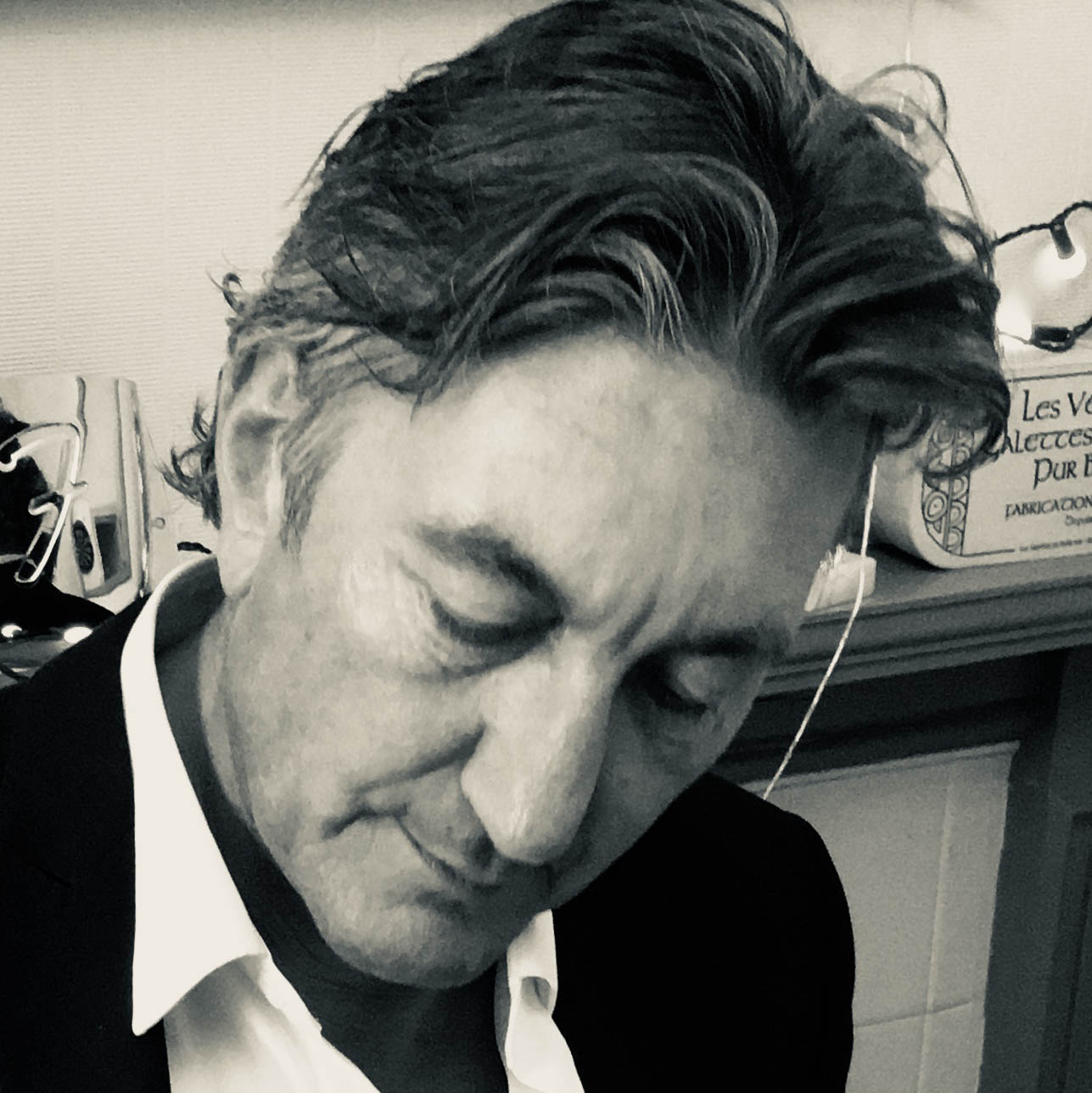
Neil Crossley is a freelance writer and editor whose work has appeared in publications such as The Guardian, The Times, The Independent and the FT. Neil is also a singer-songwriter, fronts the band Furlined and was a member of International Blue, a ‘pop croon collaboration’ produced by Tony Visconti.
You must confirm your public display name before commenting
Please logout and then login again, you will then be prompted to enter your display name.
“I said, ‘Are we sure we can write a song about death?’”: The story of Mike + The Mechanics' classic No.1 The Living Years
“How daring to have a long intro before he’s even singing. It’s like psychedelic Mozart”: With The Rose Of Laura Nyro, Elton John and Brandi Carlile are paying tribute to both a 'forgotten' songwriter and the lost art of the long song intro



